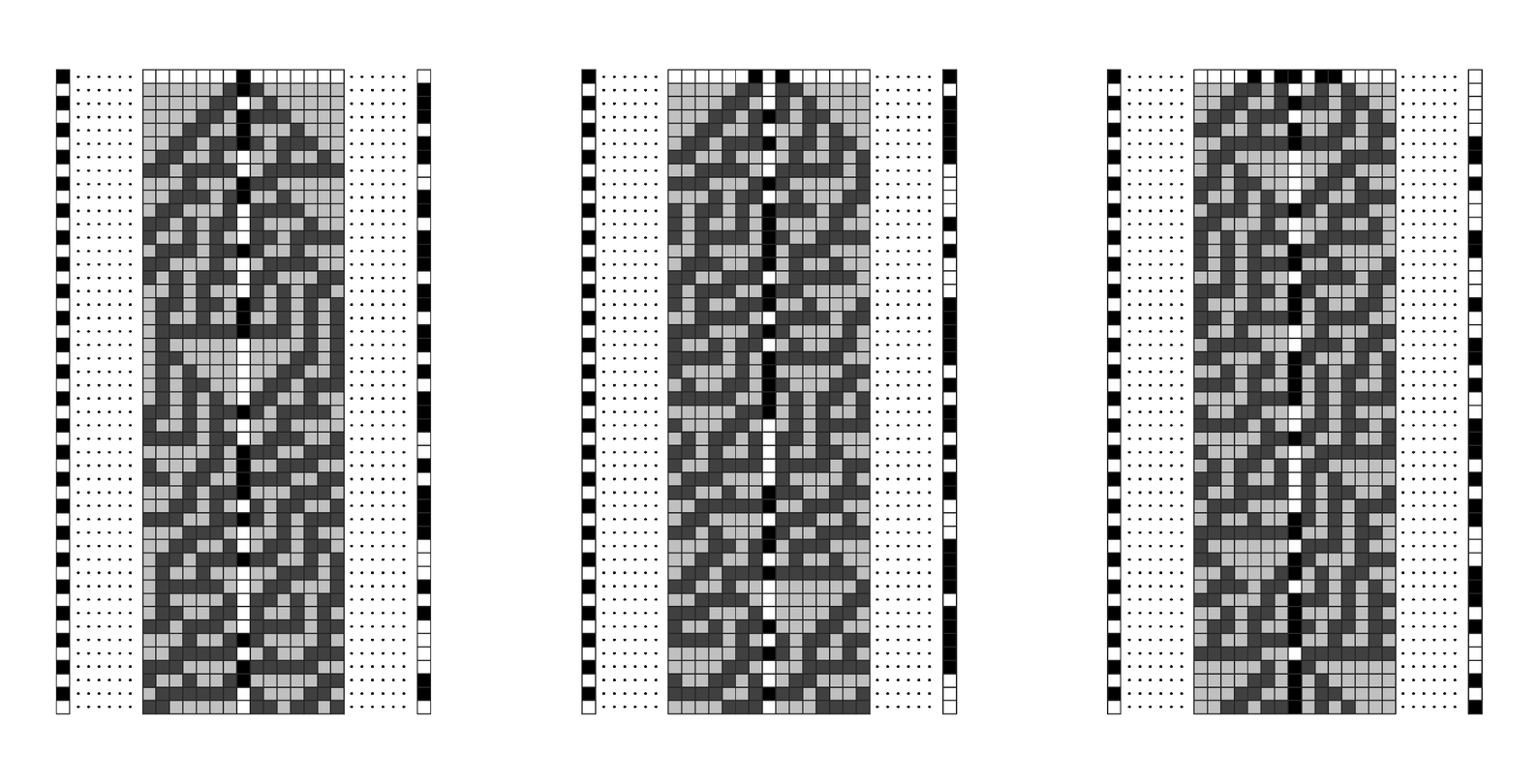So can such rules be used for cryptography? I strongly suspect that they can, and that in fact they allow one to construct systems that are at least as secure to cryptanalysis as any that are known.
The picture below shows a simple example based on the rule 30 cellular automaton that I have discussed several times before in this book. The idea is to generate an encrypting sequence by sampling the evolution of the cellular automaton, starting from initial conditions that are defined by a key.
In the case of the additive cellular automaton shown on the previous page its nested structure makes it possible to recognize regularities using many of the methods of perception and analysis discussed in this chapter. But with rule 30 most sequences that are generated—even from simple initial conditions—appear completely random with respect to all of the methods of perception and analysis discussed so far.
So what about cryptanalysis? Does this also fail to find regularities, or does it provide some special way—at least within the context of a setup like the one shown below—to recognize whatever regularities are necessary for one to be able to deduce the initial condition and thus determine the key?
There is one approach that will always in principle work: one can just enumerate every possible initial condition, and then see which of them yields the sequence one wants. But as the width of the cellular automaton increases, the total number of possible initial conditions

Encryption using a column of rule 30 as the encrypting sequence. I first suggested this method in 1985.



